Home>Storage & Organization>Kitchen Organizing Tools>How Often To Scoop The Litter Box
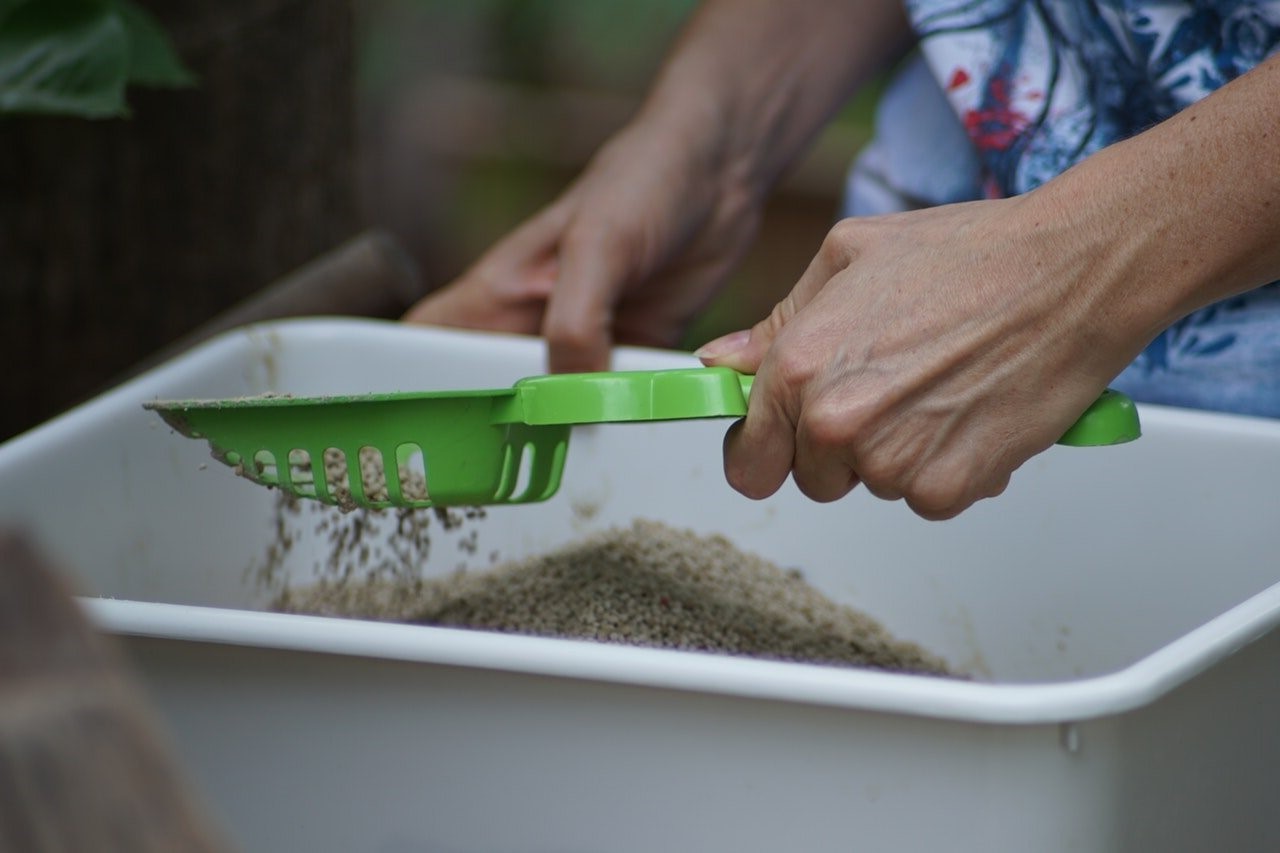

Kitchen Organizing Tools
How Often To Scoop The Litter Box
Published: February 23, 2024
Discover the best kitchen organizing tools and tips for a clutter-free space. Find out how often to scoop the litter box for a clean and odor-free home. Unlock the secrets to a tidy and organized kitchen with the right tools.
(Many of the links in this article redirect to a specific reviewed product. Your purchase of these products through affiliate links helps to generate commission for Storables.com, at no extra cost. Learn more)
Introduction
Maintaining a clean and hygienic litter box is crucial for the well-being of your feline companion. As a responsible pet owner, it's essential to understand the significance of regular litter box maintenance and the impact it has on your cat's health and overall living environment. By delving into the nuances of litter box scooping, you can ensure a comfortable and sanitary space for your beloved pet while fostering a harmonious cohabitation.
Scooping the litter box is not just a mundane chore; it's a fundamental aspect of cat care that directly influences your cat's physical and emotional health. The frequency and thoroughness of litter box maintenance play a pivotal role in preventing odors, minimizing the risk of bacterial growth, and promoting a clean and inviting space for your feline friend. Moreover, a well-maintained litter box can contribute to a positive and stress-free environment for both you and your cat.
Understanding the nuances of litter box maintenance can empower you to make informed decisions that benefit your cat's well-being. By exploring the factors that influence the frequency of scooping and recognizing the signs of overdue maintenance, you can proactively address potential issues and create a more comfortable and hygienic living environment for your furry companion.
In the subsequent sections, we will delve into the importance of scooping the litter box, consider various factors that impact the frequency of maintenance, explore recommended scooping frequencies, and identify signs that indicate the need for immediate attention. By gaining a comprehensive understanding of these aspects, you can elevate your cat care practices and prioritize the well-being of your cherished feline friend.
Key Takeaways:
- Regular scooping of the litter box is crucial for keeping your cat happy and healthy. It prevents odors, supports your cat’s comfort, and fosters a positive relationship between you and your furry friend.
- Factors like the number of cats, litter type, and your cat’s age influence how often you should scoop. Pay attention to signs of overdue scooping, like persistent odors and changes in your cat’s behavior, to keep their litter box clean and inviting.
Read more: How Often To Replace The Litter Box
Importance of Scooping the Litter Box
Regular scooping of the litter box is a fundamental aspect of responsible cat ownership. This seemingly simple task holds significant importance in maintaining a clean and hygienic environment for your feline companion. By understanding the crucial role of litter box maintenance, you can actively contribute to your cat's well-being and overall quality of life.
Prevents Odors and Bacterial Growth
Scooping the litter box on a consistent basis is essential for controlling odors and preventing the proliferation of harmful bacteria. Cat urine and feces can emit strong odors if left unattended, creating an unpleasant living environment for both you and your cat. Additionally, the accumulation of waste in the litter box provides an ideal breeding ground for bacteria, potentially leading to health issues for your cat and compromising the overall cleanliness of your home.
Supports Your Cat's Comfort
A clean litter box is crucial for ensuring your cat's comfort and satisfaction. Cats are inherently clean animals, and a soiled or unclean litter box can cause distress and discomfort. Regular scooping helps maintain a comfortable and inviting space for your cat to fulfill their natural elimination needs, promoting a positive and stress-free environment.
Promotes Hygiene and Health
By diligently scooping the litter box, you actively contribute to the hygiene and health of your cat. A clean litter box reduces the risk of your cat coming into contact with contaminated surfaces, minimizing the likelihood of infections and other health issues. Furthermore, maintaining a clean litter box can aid in early detection of potential health concerns, as changes in your cat's elimination habits may indicate underlying health issues that require prompt attention.
Read more: How Often To Clean A Rabbit Litter Box
Fosters a Positive Relationship
Attentive litter box maintenance fosters a harmonious relationship between you and your cat. By providing a consistently clean and well-maintained litter box, you demonstrate your commitment to your cat's comfort and well-being. This, in turn, strengthens the bond between you and your feline companion, creating a nurturing and supportive environment for your pet.
In essence, the importance of scooping the litter box extends beyond mere cleanliness; it directly impacts your cat's physical and emotional well-being. By recognizing the significance of this routine task, you can actively contribute to a healthier, more comfortable, and harmonious living environment for both you and your beloved feline friend.
Factors to Consider
When determining the frequency of litter box scooping, several factors come into play, each influencing the optimal maintenance schedule for your cat's litter box. By considering these factors, you can tailor your approach to suit your cat's specific needs and ensure a clean and inviting environment for your feline companion.
Number of Cats
The number of cats in your household directly impacts the frequency of litter box scooping. In a multi-cat environment, litter boxes tend to accumulate waste more rapidly, necessitating more frequent maintenance to prevent odor buildup and maintain hygiene. As a general guideline, it's recommended to have one litter box per cat, plus an additional box to accommodate their preferences and ensure adequate access.
Type of Litter
The type of litter used in the litter box can influence the scooping frequency. Clumping litter, which forms solid clumps when in contact with moisture, allows for easier removal of waste and typically requires daily scooping to maintain cleanliness. Non-clumping litter may necessitate more frequent complete litter changes, as waste can become more challenging to isolate and remove.
Read more: How Often Should A Cat Use The Litter Box?
Cat's Age and Health
The age and health of your cat play a significant role in determining the ideal scooping frequency. Senior cats or those with certain health conditions may have specific elimination patterns, requiring more frequent litter box maintenance to accommodate their needs. Additionally, cats with urinary tract issues or gastrointestinal sensitivities may benefit from more diligent litter box upkeep to minimize discomfort and maintain optimal hygiene.
Litter Box Size and Design
The size and design of the litter box can impact the accumulation of waste and the overall cleanliness of the environment. A larger litter box provides more surface area for waste distribution, potentially extending the time between scooping sessions. Additionally, open or hooded litter box designs may influence odor containment and affect the airflow within the litter box, thereby influencing the maintenance frequency.
Cat's Preferences and Behavior
Understanding your cat's preferences and behavior regarding the litter box is crucial in determining the appropriate scooping frequency. Some cats may exhibit fastidious litter habits, prompting more frequent maintenance to meet their cleanliness standards. Observing your cat's behavior and response to the litter box can provide valuable insights into their needs and guide your maintenance routine.
By taking these factors into account, you can tailor your litter box maintenance approach to align with your cat's specific requirements, promoting a clean, comfortable, and hygienic environment that supports your cat's well-being.
Frequency Recommendations
Determining the optimal frequency for scooping the litter box is essential for maintaining a clean and hygienic environment for your cat. While the ideal scooping frequency can vary based on individual circumstances, several general recommendations can serve as a helpful guide in establishing a routine that promotes your cat's well-being and overall comfort.
Single Cat Household
In a single cat household, scooping the litter box at least once a day is typically recommended to ensure that waste is promptly removed, minimizing odor and maintaining a clean environment for your cat. This daily maintenance routine helps address your cat's elimination needs and supports their comfort and hygiene.
Multiple Cat Environment
In households with multiple cats, the frequency of litter box scooping should be increased to accommodate the additional waste generated. Ideally, scooping the litter boxes twice a day is advisable to effectively manage waste accumulation, prevent odor buildup, and promote a hygienic environment for all resident cats.
Clumping Litter
When using clumping litter, daily scooping is particularly important, as this type of litter forms solid clumps upon contact with moisture, allowing for efficient removal of waste. By promptly removing soiled litter, you can maintain a clean and inviting litter box environment for your cat.
Non-Clumping Litter
For non-clumping litter, more frequent complete litter changes may be necessary, as waste can become more challenging to isolate and remove. While scooping the litter box daily is still beneficial, monitoring the litter condition and replacing it as needed is essential for ensuring cleanliness and hygiene.
Read more: How Often Do Kittens Use The Litter Box
Observing Your Cat's Behavior
Observing your cat's behavior and litter box habits can provide valuable insights into their preferences and comfort levels. If you notice that your cat is particularly fastidious about litter cleanliness or exhibits increased elimination frequency, adjusting your scooping frequency to meet their needs can contribute to a more comfortable and stress-free environment for your feline companion.
By considering these frequency recommendations and tailoring your scooping routine to align with your cat's specific needs, you can actively contribute to a clean, hygienic, and inviting litter box environment that supports your cat's well-being and overall satisfaction. Regular scooping not only promotes a clean living space but also fosters a positive and harmonious relationship between you and your cherished feline friend.
Signs of Overdue Scooping
Recognizing the signs of overdue litter box maintenance is crucial for addressing potential issues and maintaining a clean and hygienic environment for your cat. By being attentive to these indicators, you can proactively address any lapses in scooping frequency and ensure a comfortable and inviting space for your feline companion.
Persistent Odors
One of the most noticeable signs of overdue scooping is the presence of persistent and pungent odors emanating from the litter box area. Accumulated waste can lead to strong and unpleasant smells that permeate the surrounding environment, indicating the need for immediate attention. If you notice a significant increase in odor intensity, it's a clear indication that the litter box requires prompt scooping to restore cleanliness and freshness.
Changes in Cat Behavior
Cats are sensitive to their environment, and changes in their behavior can signal discomfort or dissatisfaction with the litter box condition. If your cat exhibits reluctance to use the litter box, begins eliminating outside the box, or displays signs of distress when approaching the litter box area, it may indicate that the box is overdue for scooping. Monitoring your cat's behavior and addressing any deviations promptly can help maintain a positive and stress-free elimination experience for your pet.
Increased Tracking of Litter
Overdue scooping can result in an accumulation of waste and soiled litter, leading to increased tracking of litter particles outside the box. If you notice a significant uptick in litter tracking throughout your home, it may indicate that the litter box requires attention. Regular scooping helps contain litter within the box, minimizing tracking and maintaining a cleaner living environment for both you and your cat.
Elevated Stress or Anxiety
A neglected litter box can contribute to elevated stress or anxiety in cats, impacting their overall well-being. Cats may experience discomfort and heightened stress levels when faced with a soiled or unclean litter box environment. Signs of increased restlessness, avoidance of the litter box area, or changes in overall demeanor can serve as indicators of overdue scooping, prompting the need for immediate maintenance to alleviate your cat's distress.
Visual Inspection
A visual inspection of the litter box can provide valuable insights into the need for scooping. If the litter appears heavily soiled, with waste accumulating on the surface and clumps becoming more prevalent, it's a clear indication that the box requires attention. Regular visual assessments can help you stay proactive in maintaining a clean and hygienic litter box environment for your cat.
By remaining vigilant and attentive to these signs of overdue scooping, you can promptly address any maintenance lapses and ensure a clean, comfortable, and inviting litter box environment for your cherished feline companion. Prioritizing regular scooping not only supports your cat's well-being but also fosters a harmonious and stress-free living environment for both you and your pet.
Conclusion
In conclusion, the regular scooping of the litter box is an indispensable aspect of responsible cat ownership, directly impacting the well-being and comfort of your feline companion. By recognizing the importance of maintaining a clean and hygienic litter box environment, pet owners can actively contribute to a harmonious and stress-free living space for both themselves and their beloved cats.
The significance of scooping the litter box extends beyond mere cleanliness; it encompasses the prevention of odors and bacterial growth, the support of your cat's comfort, the promotion of hygiene and health, and the fostering of a positive relationship. These factors underscore the critical role that diligent litter box maintenance plays in creating a conducive and nurturing environment for your cat.
Furthermore, by considering various factors such as the number of cats, the type of litter, the cat's age and health, the litter box size and design, and the cat's preferences and behavior, pet owners can tailor their scooping routine to align with their cat's specific needs. This personalized approach ensures that the litter box maintenance effectively caters to the individual requirements of each feline companion, promoting a clean, comfortable, and hygienic environment.
The frequency recommendations provided for single and multiple cat households, along with considerations for clumping and non-clumping litter, offer practical guidelines for establishing a routine that supports optimal litter box maintenance. By adhering to these recommendations and observing your cat's behavior, you can proactively contribute to a clean and inviting litter box environment that prioritizes your cat's well-being and satisfaction.
Recognizing the signs of overdue scooping, such as persistent odors, changes in cat behavior, increased tracking of litter, elevated stress or anxiety, and visual inspection, empowers pet owners to promptly address any maintenance lapses and maintain a clean and comfortable environment for their feline companions.
In essence, the conscientious and attentive scooping of the litter box is a testament to the commitment and care that pet owners extend to their cherished feline friends. By prioritizing regular maintenance and remaining attuned to their cat's needs, pet owners can create a nurturing and supportive environment that fosters a strong and enduring bond with their beloved pets.
Frequently Asked Questions about How Often To Scoop The Litter Box
Was this page helpful?
At Storables.com, we guarantee accurate and reliable information. Our content, validated by Expert Board Contributors, is crafted following stringent Editorial Policies. We're committed to providing you with well-researched, expert-backed insights for all your informational needs.
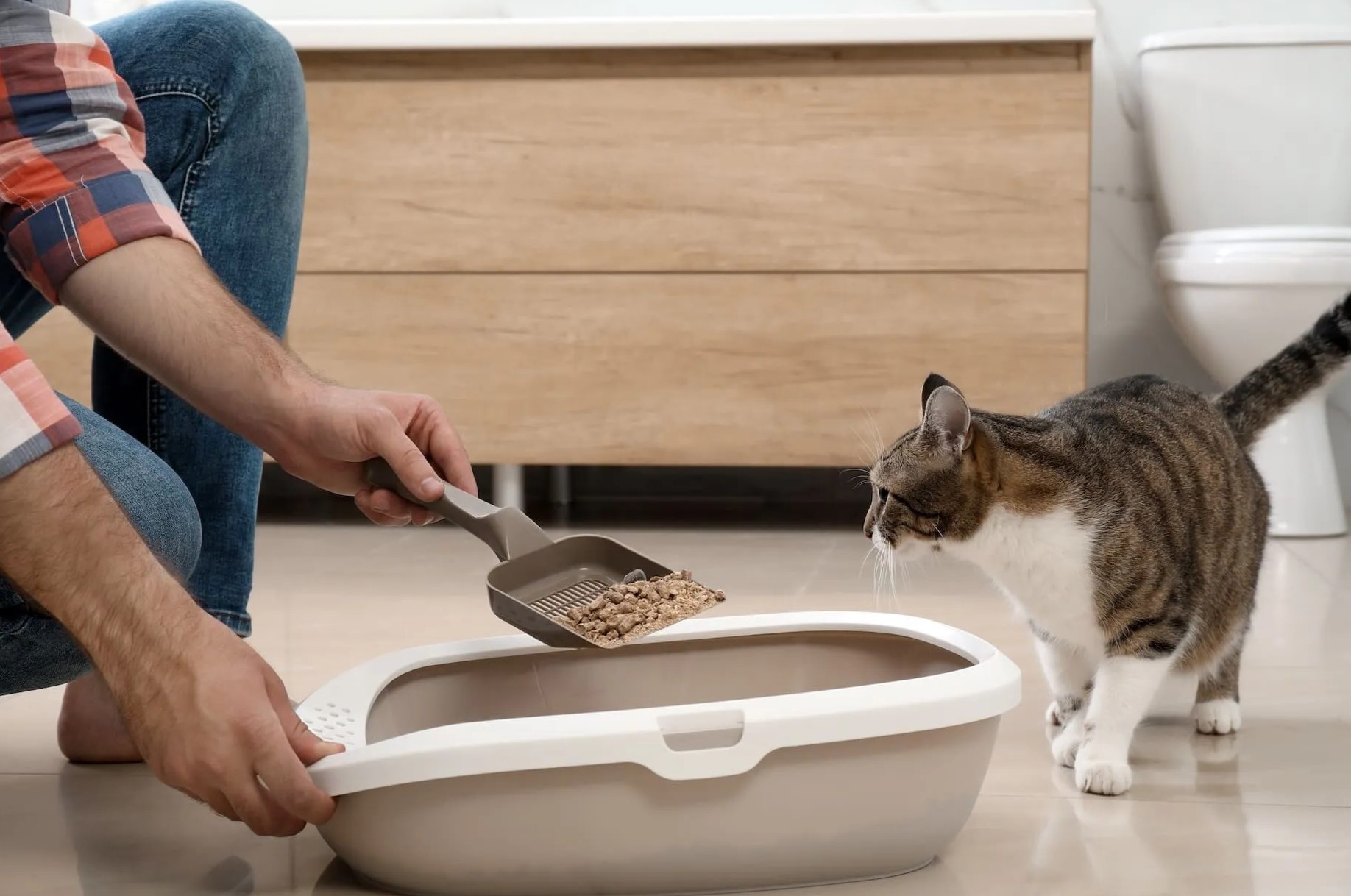
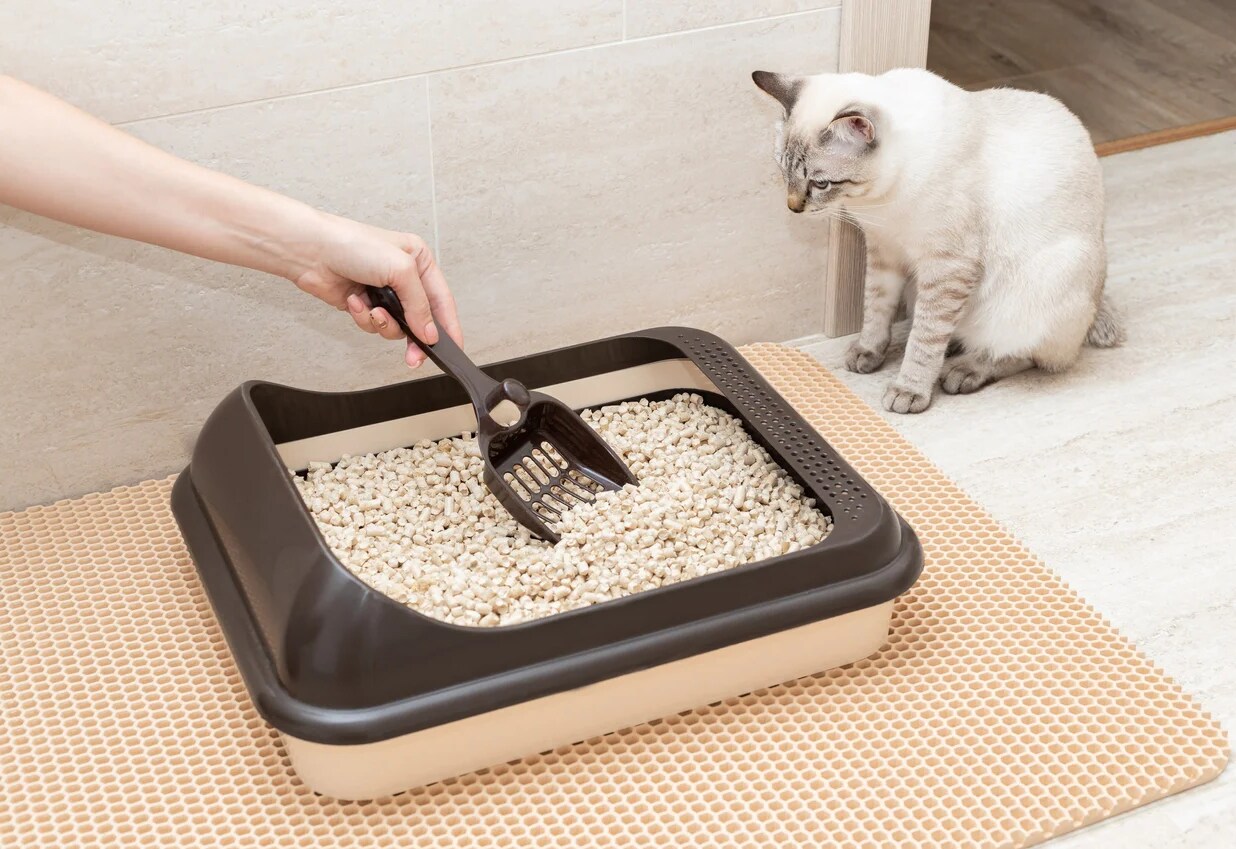
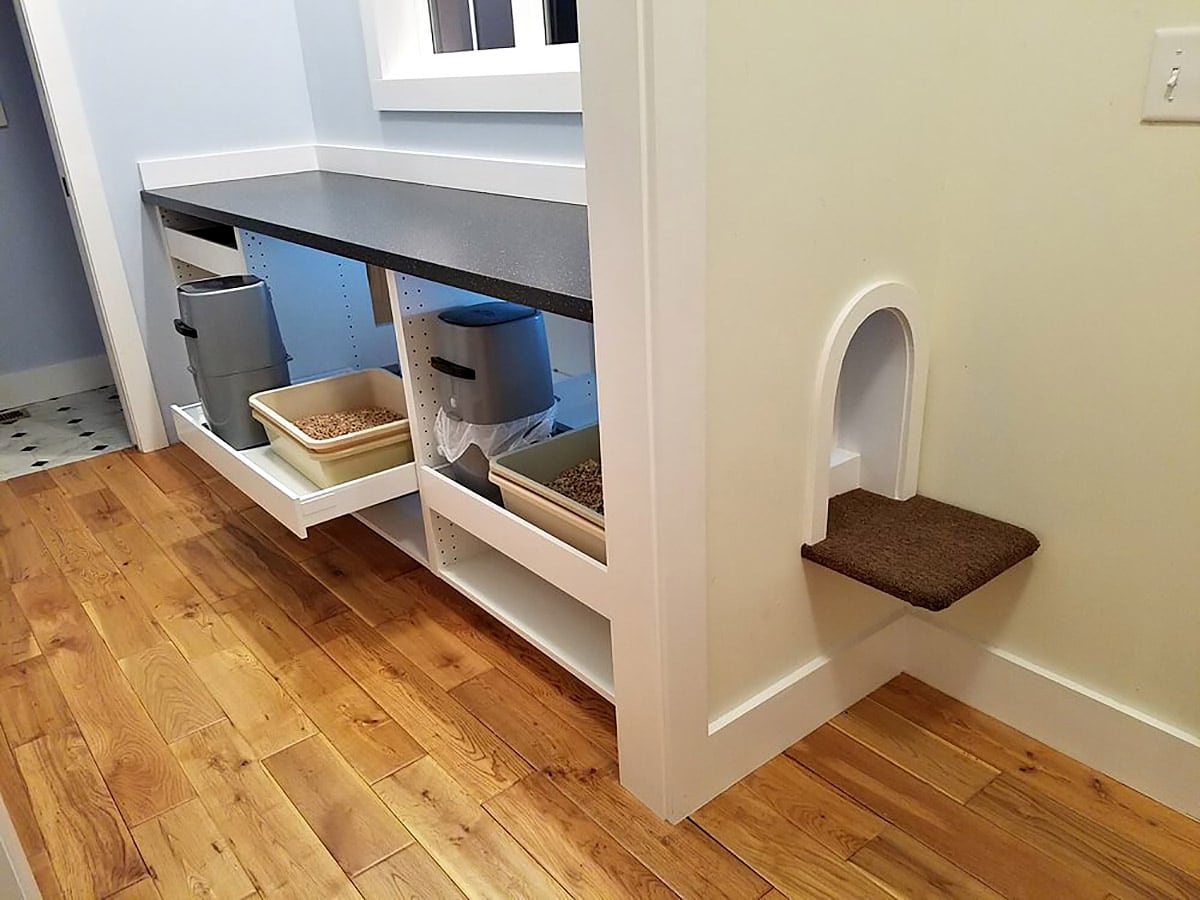
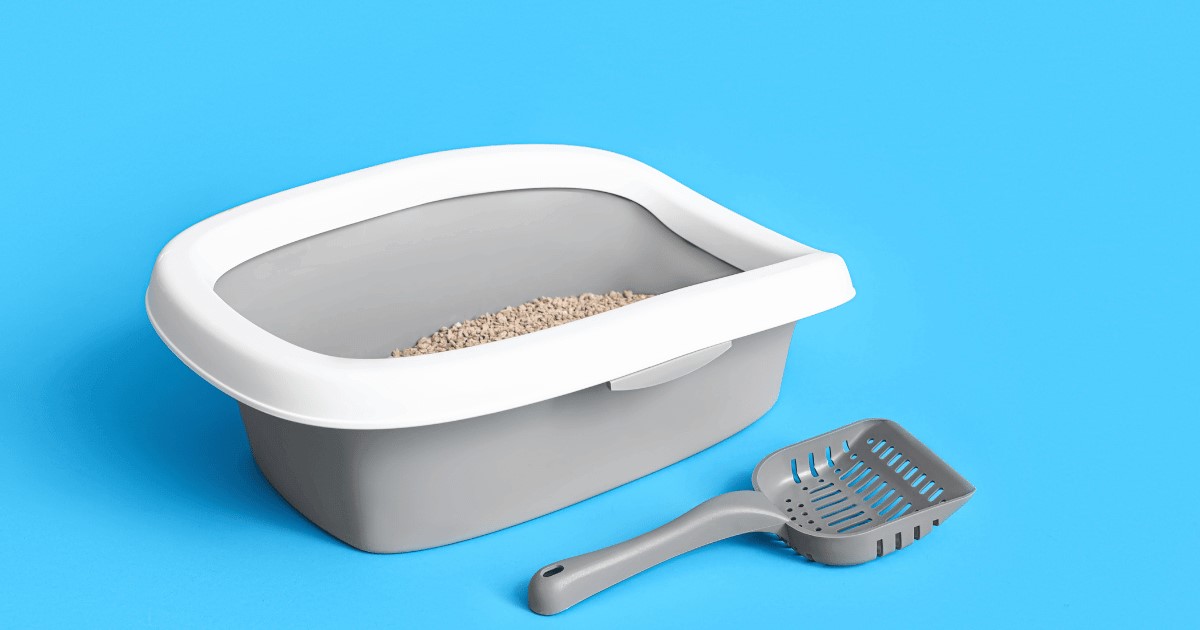
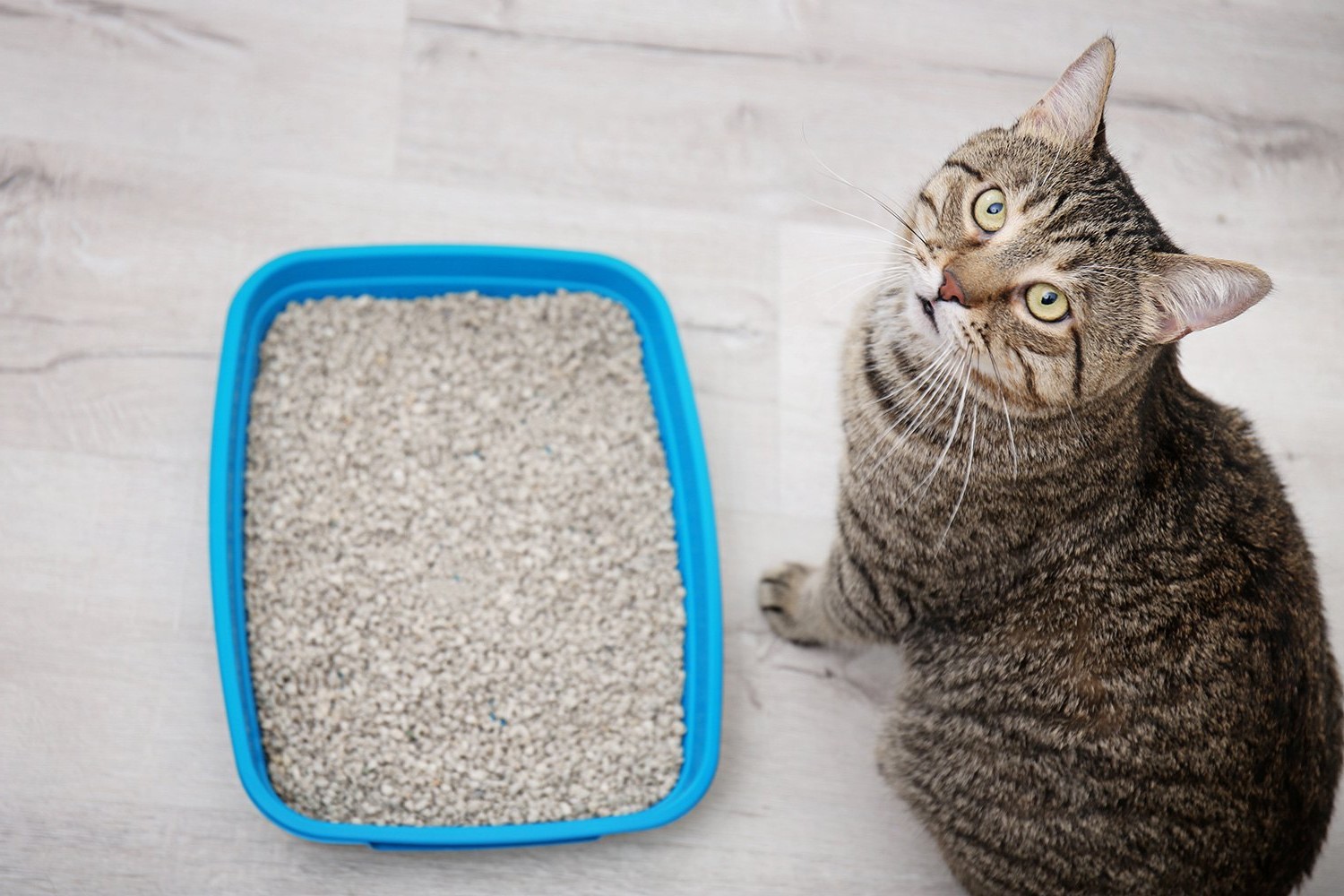
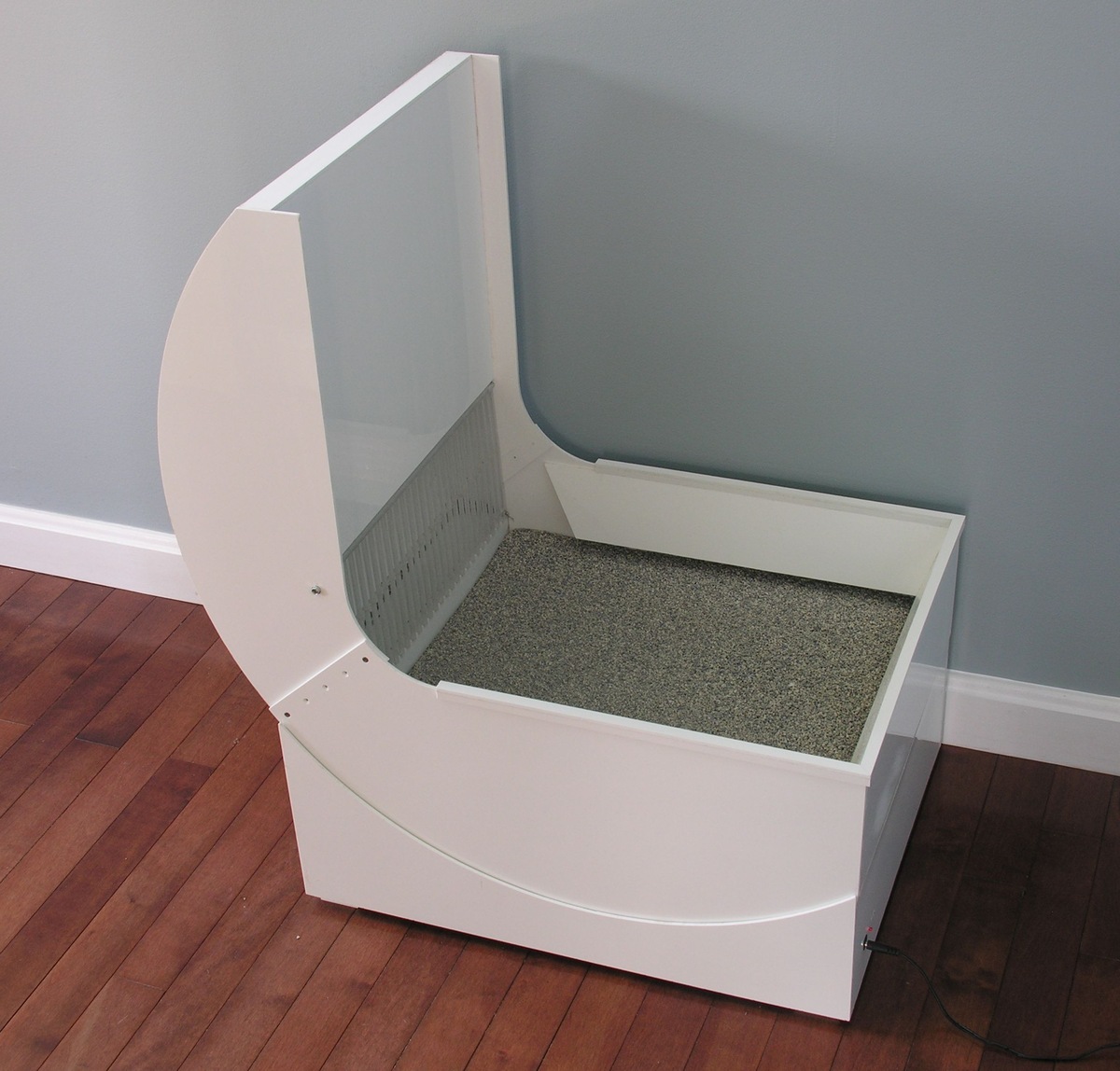
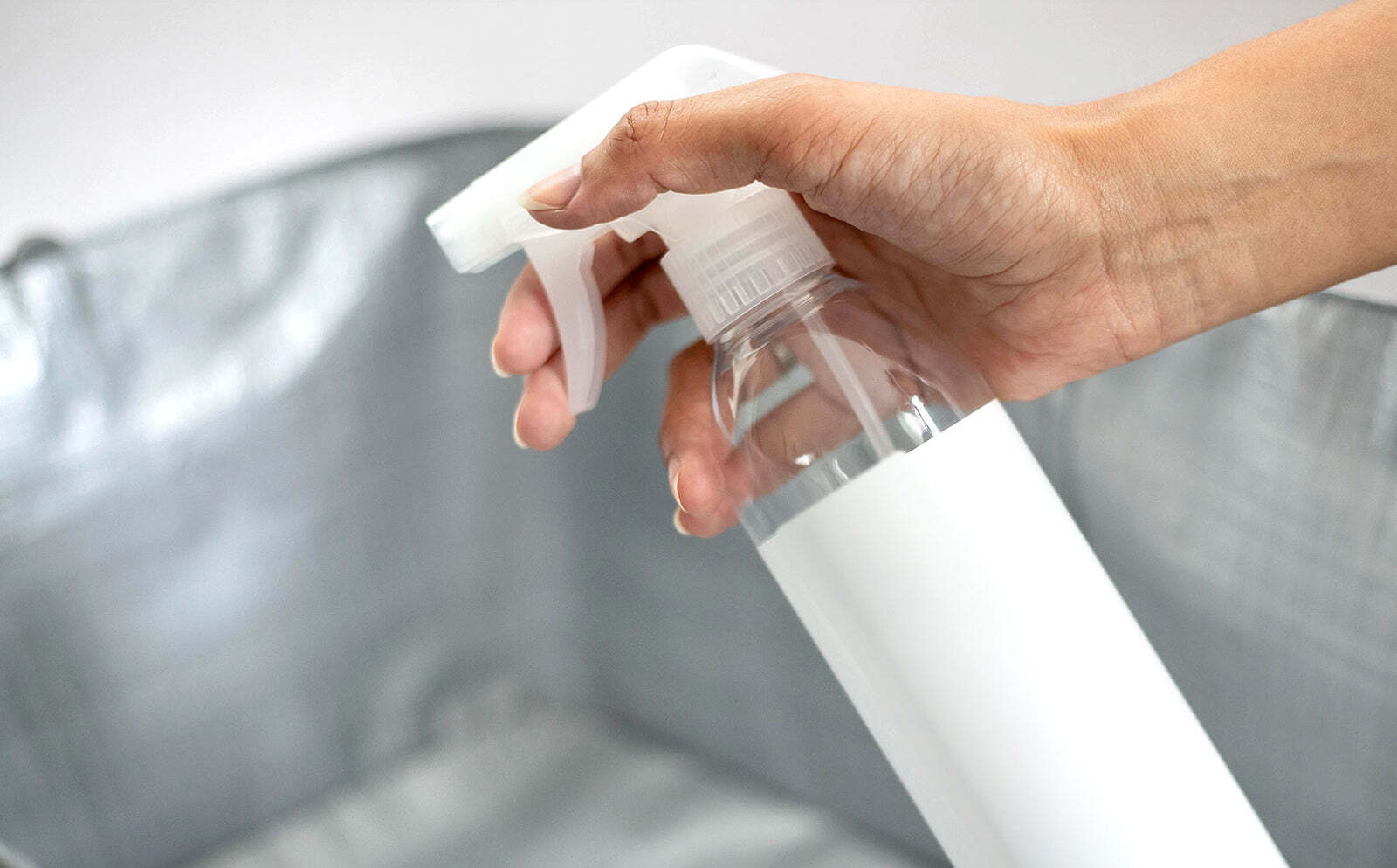
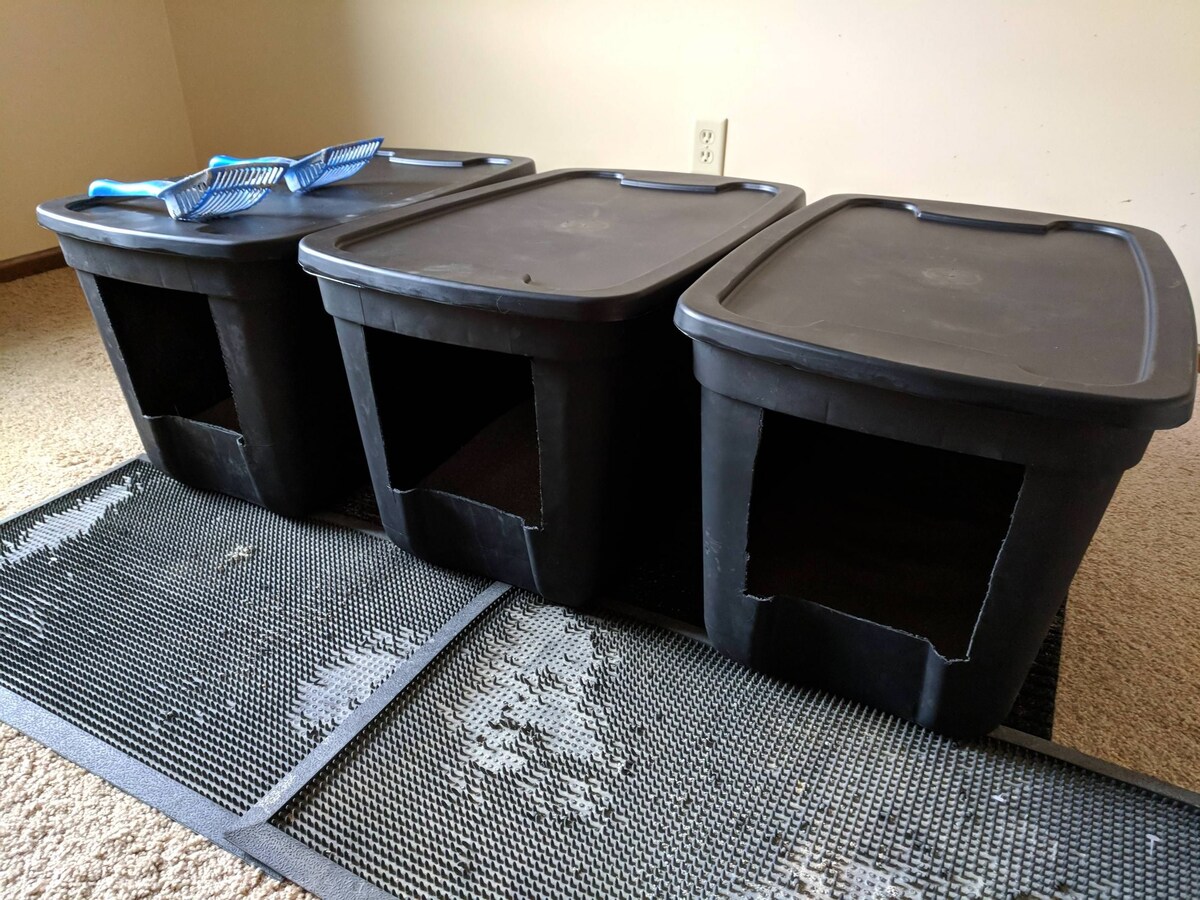
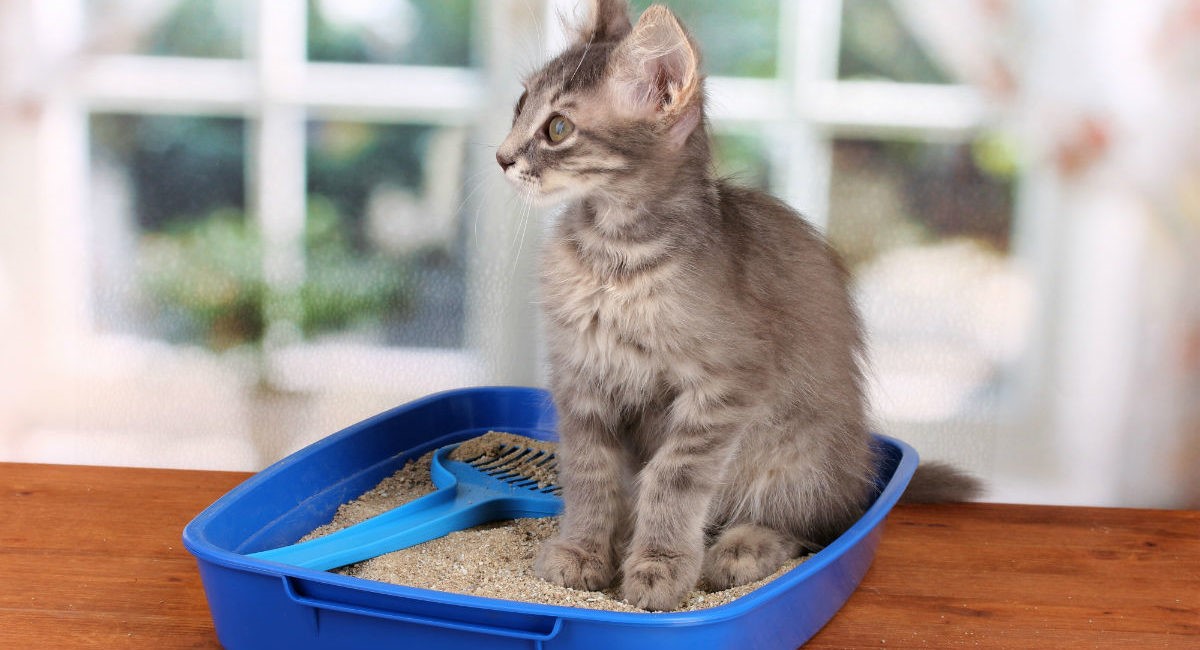
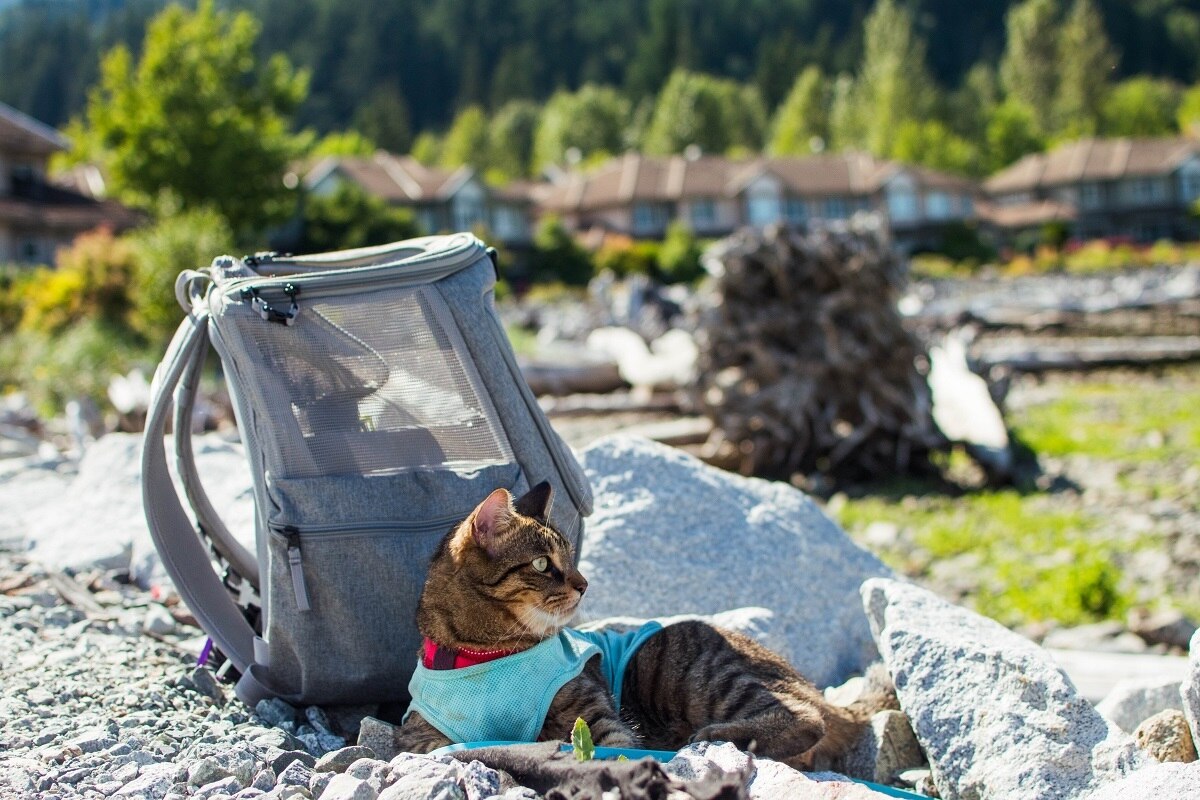

0 thoughts on “How Often To Scoop The Litter Box”